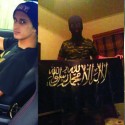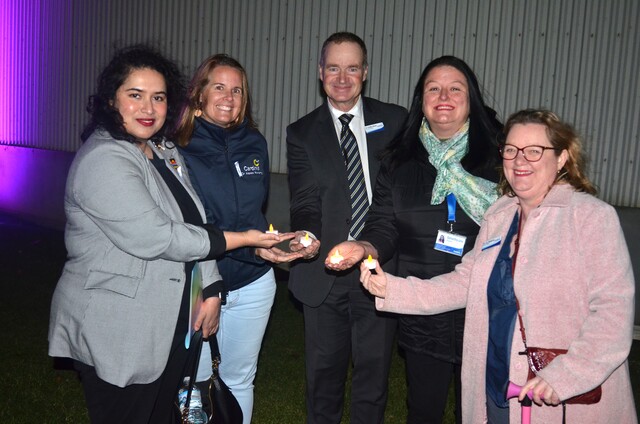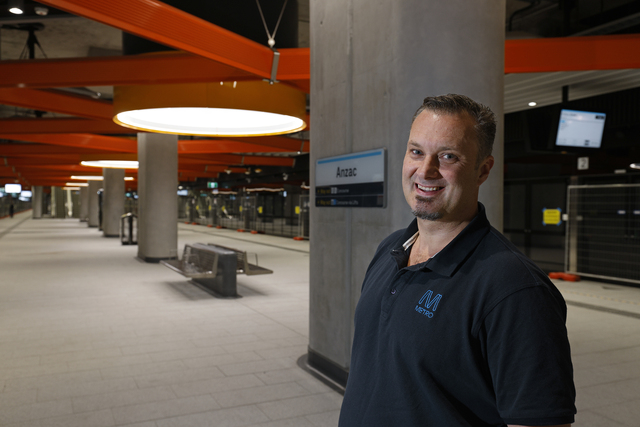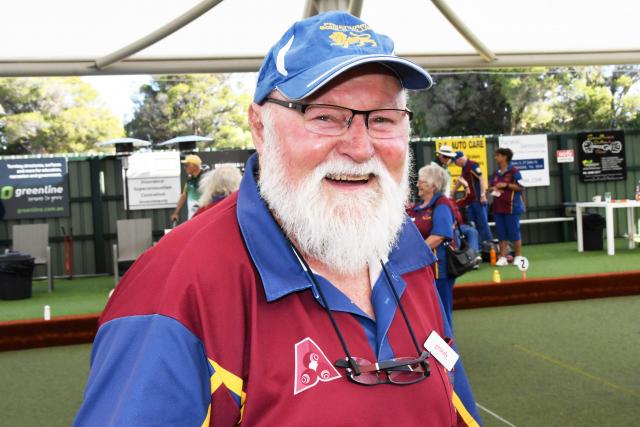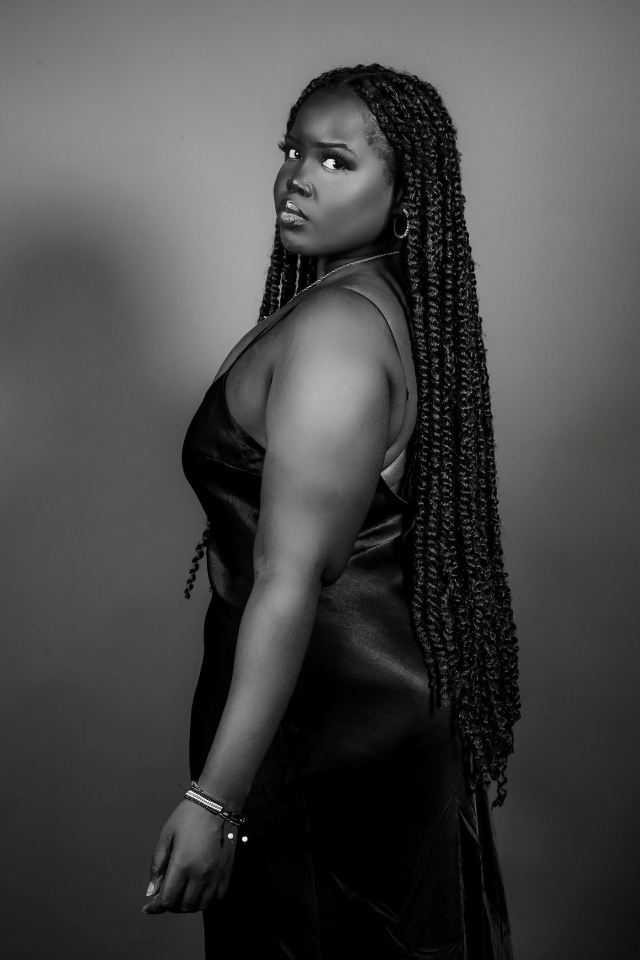By CAM LUCADOU-WELLS
TERRORISM expert Greg Barton is informed by 27 years’ expertise in Islamic political thought and movements.
He had no simple, easy answer on why teenager Numan Haider was apparently radicalised and stabbed two police officers before he was fatally shot in front of Endeavour Hills police station on 23 September 2014.
“There’s a risk in everything we do, including not doing something,” he said.
Professor Barton appeared at Haider’s coronial inquest at the County Court on 11 March which is examining Haider’s demise and how to snap susceptible teen males from the Islamic State (IS) spell.
Rachel Ellyard, counsel assisting the coroner, posed to Professor Barton that this might not have happened had Haider not been aware of police interest in him.
What if his room had not been searched by police without his permission on the day of the attack or what if police had not been intent on meeting him that same day, she asked.
Maybe this “pushed” Haider into doing something he “might not have been prepared to do”, Ms Ellyard said.
Professor Barton told presiding coroner John Olle that police tried to do the right thing. They followed up on something they were concerned about.
“They did not rush into arrest, did not prejudge,” he said.
“It was well intentioned and appropriate.”
But “knowing what we know now” perhaps police could do things differently, he said, such as eschewing uniforms and making meetings with at-risk teens as low-key as possible.
Since 9/11, Professor Barton’s research has necessarily focused more on extremism.
There had been an “unprecedented” escalation of IS-inspired, radicalised young people in the past 18 months, the former head of Monash University’s Global Terrorism Research Centre said.
School-aged males swept up in sophisticated social media and social networks have flown out to serve IS in Syria and Iraq before their families had a whiff of what was happening.
Others carried out deadly missions at home.
Eighteen-year-old Haider was allegedly told by his family and ASIO officers to quit visiting Al-Furqan Islamic Centre bookshop in Springvale South and not to associate with a certain friend who attended Al-Furqan.
Al-Furqan was formed by Sheik Harun Mehicevic who had earlier been thrown out of a Bosnian mosque in Noble Park.
Like similar bookshops in Sydney and Brisbane, it hosted seminars that had become a concern to authorities.
But despite a federal police raid in 2012, there had been a lack of clear evidence of terror threats.
Professor Barton said a “troubled” Haider appeared to be part of a circle of friends who gathered at the bookstore, perhaps out of “youthful rebellion”.
On one hand it was a “positive influence”, a place of belonging for young men, Professor Barton said.
On the other, it was a type of secretive, religious cult that was suspicious of all outside and had “malign elements”.
Mainstream mosques had “pushed” away such extremists and their attempts to take young members, and shunned them “into the fringes of the fringe” of Muslim society, Professor Barton told the court.
This small band of extremists presented themselves as “bastions of purity” who knew “the truth”. Until IS rose, such extremism was slow to catch on.
Young eyes and minds were attracted to an IS magazine Dabiq which was filled with “polished” articles, Professor Barton said and videos “leveraged a long line of keyboard warriors”.
IS preyed on the power of “false friendship”, cut through family and mosque ties and exploited the “gap” between first-generation migrants and their children. All personal struggles were part of a “cosmic conspiracy”, it said.
Professor Barton described it as a “zero to hero” thing.
“You’ve done things you’re ashamed of and have a sense of failure but you can redeem all that.
“You (can) go out tomorrow morning, you’ll die and die a hero.”
Two weeks before Haider was shot he visited Bankstown where the notorious Al-Risalah Islamic Centre was based.
The centre had been linked to recruiting young males to join IS in the Middle East combat zone.
Professor Barton said Al-Furqan had an unclear but not inconsequential connection with the Sydney centre.
“It wasn’t until this case (Haider’s death) that the severity of those concerns became clear.”
Haider’s family had fled as refugees from the Taliban in Afghanistan more than a decade earlier.
Yet Haider’s Facebook post on 18 September 2014 – less than a week before his demise – echoed IS-style fundamentalism.
Above it was a photo of Haider in camouflage, a balaclava and holding a Shahada banner.
A commenter on the post asked if Haider was going to kill Shias too.
“Don’t worry bro I’m not going to kill you,” Haider replied.
The timing was telling. It was posted just hours after a confrontation with police at Dandenong Plaza in which Haider raved and waved an Islamic flag.
On the same day, large “dramatic” counter-terrorist raids were launched in Sydney and Brisbane after an intercepted call sparked fears of a terror attack.
The raids, filmed by news crews, presented as “heavy handed”, Professor Barton said.
It distressed Muslims to see doors kicked down and women in nightwear pushed to the street before dawn.
On Facebook, Haider described the AFP as declaring “war on Muslims”, warning his “brothers” at Furqan and Hallam mosques that they could be the next raid targets.
“To ASIO and AFP go f*** yourself you dogs,” he posted. He was showing “solidarity” with IS or, at the least, with extremists, Professor Barton said.
“It somehow makes it more justifiable (to target someone in uniform such as police).
“They’re part of the state that’s against (them).”
Two days later, a fatwa was issued worldwide by Islamic State’s spiritual leader.
Professor Barton regarded it as a “tipping point” in the radicalisation campaign. The message was ‘if you can’t join IS in building its state then you’re obliged to fight “pretty much everyone”,’ he said.
Professor Barton said even without intense media coverage of the fatwa, its message would have still reached those most susceptible to the ideas.
He added that the media should think more about its use of IS images.
The day before Haider fatefully attacked police, his passport was cancelled. His parents earlier told the Coroners’ Court that this decision greatly upset Haider as did the police search of his room.
The parents told the court they had plans to fly with Haider to Germany and Afghanistan to meet relatives and find him a bride.
So what is the “no simple, easy” solution? How should another Haider tragedy be averted?
Professor Barton said it was a matter of specifically training teachers, injecting youth workers into Muslim communities and having young people looking out for their troubled peers.
It was important to publicise the three signs of a radicalised person.
They significantly change friend groups, suddenly adopt extreme ideas and start behaving in a lawless, transgressive manner.
The approach should be the same as helping a young person through substance abuse, mental illness, relationship problems or sex abuse.
“This is about duty of care and the welfare of the young person,” Professor Barton told the court.
“It should be done quietly with no stigma, no pre-judgement.”
A government-led campaign was unlikely to be effective, he said.
“It’s not what government does well.”
Besides, radicalised teens are bound not to listen to that particular messenger, he said.
The inquest continues.

